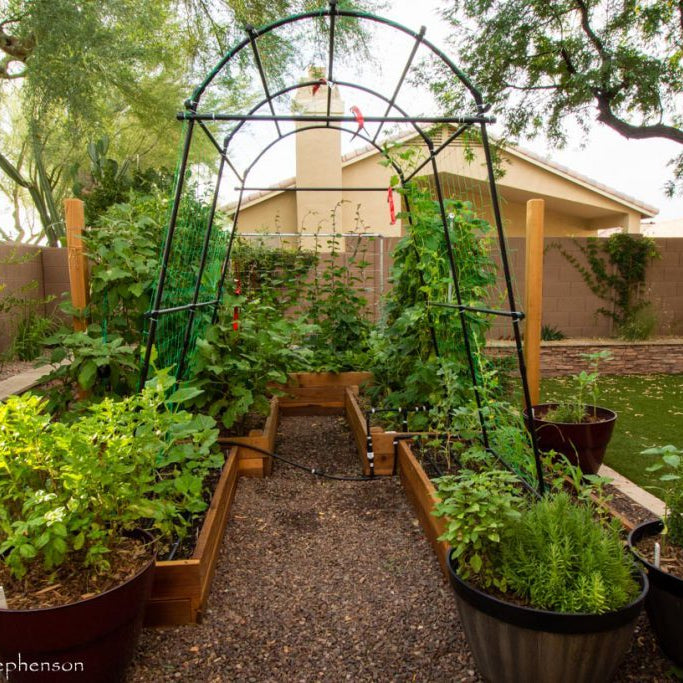
Available 24/7
Available 24/7

In our quest for clean and healthy indoor air, we often turn to expensive gadgets and filters. But did you know that some of the best air purifiers are readily available in nature?
Thanks to NASA's Clean Air Study, we now have a list of 32 plants that excel at removing harmful toxins from the air we breathe.
These green superheroes not only beautify our living spaces but also provide us with cleaner, fresher air. Let's explore the rankings, special features, and chemicals these plants can eliminate, backed by scientific research.
Areca Palm (Chrysalidocarpus lutescens)
Lady Palm (Rhapis excelsa)
Bamboo Palm (Chamaedorea seifrizii)
Rubber Plant (Ficus elastica)
Dracaena (Dracaena spp.)
English Ivy (Hedera helix)
Dwarf Date Palm (Phoenix roebelenii)
Ficus Alii (Ficus maclellandii 'Alii')
Boston Fern (Nephrolepis exaltata)
Peace Lily (Spathiphyllum spp.)
Snake Plant (Sansevieria trifasciata)
Golden Pothos (Epipremnum aureum)
Spider Plant (Chlorophytum comosum)
Red-Edged Dracaena (Dracaena marginata)
Chinese Evergreen (Aglaonema spp.)
Devil's Ivy (Epipremnum aureum)
Weeping Fig (Ficus benjamina)
Aloe Vera (Aloe barbadensis)
Janet Craig (Dracaena deremensis 'Janet Craig')
Flamingo Lily (Anthurium andraeanum)
Dumb Cane (Dieffenbachia spp.)
Barberton Daisy (Gerbera jamesonii)
Heartleaf Philodendron (Philodendron scandens)
Broadleaf Lady Palm (Rhapis spp.)
Moth Orchid (Phalaenopsis spp.)
Ficus Tree (Ficus benjamina)
Lilyturf (Liriope spp.)
Elephant Ear Philodendron (Philodendron domesticum)
Peacock Plant (Calathea spp.)
Zebra Plant (Aphelandra squarrosa)
Chinese Money Plant (Pilea peperomioides)
English Holly Fern (Cyrtomium falcatum)
The NASA study found that these air-purifying plants are effective in combating indoor air pollution caused by common household chemicals, such as formaldehyde, benzene, and trichloroethylene.
These harmful substances can originate from cleaning products, paint, furniture, and even electronic equipment.
Here are some intriguing facts supporting their air-cleaning abilities:
With increasing awareness of indoor air pollution and its impact on our well-being, the NASA-approved list of air-purifying plants offers a refreshing and natural solution.
These plants not only enhance our living spaces with their beauty but also act as efficient filters, removing harmful chemicals from the air we breathe.
Embrace the green revolution and create a healthier home environment by introducing these air purifiers into your space. Let nature's green clean team work its magic, leaving you with fresher, cleaner air and a sense of well-being.
Note: The rankings and special features provided are for illustrative purposes and based on the original NASA Clean Air Study. It's important to choose plants suitable for your specific
 Sold out
Sold out
Description Liriope spicata, commonly known as creeping lilyturf or monkey grass, is a resilient perennial ground cover native to East Asi...
View full details
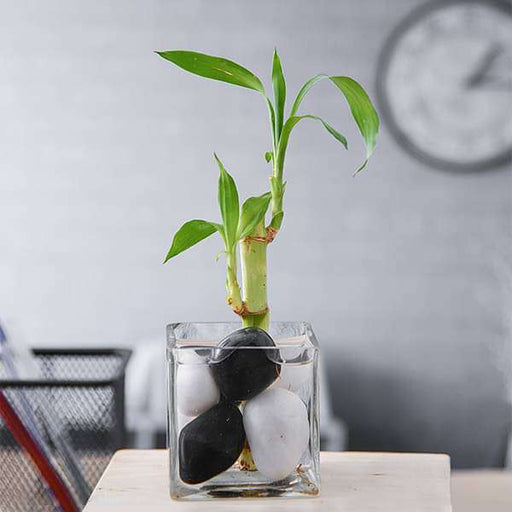 Save 17%
Save 17%
1 Lucky Bamboo Stalk (A Symbol of Commitment) - Gift Plant Bring a touch of nature into your home with our 1 Lucky Bamboo Stalk, a beautif...
View full details
 Save up to 15%
Save up to 15%
Peace Lily, Spathiphyllum - Plant The Peace Lily, scientifically known as Spathiphyllum, is a stunning houseplant celebrated for its elegant white...
View full details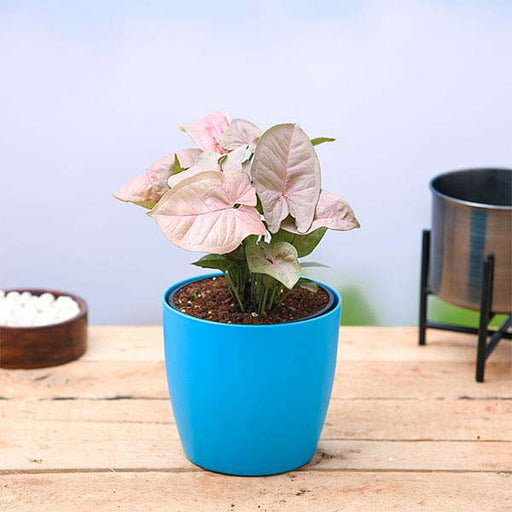
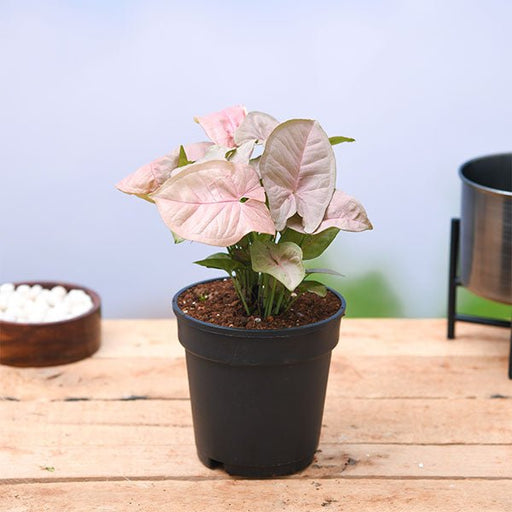 Save up to 20%
Save up to 20%
Syngonium (Pink) - Plant The Syngonium (Pink), also known as the Pink Arrowhead Plant, is a stunning tropical houseplant that captivates with its ...
View full details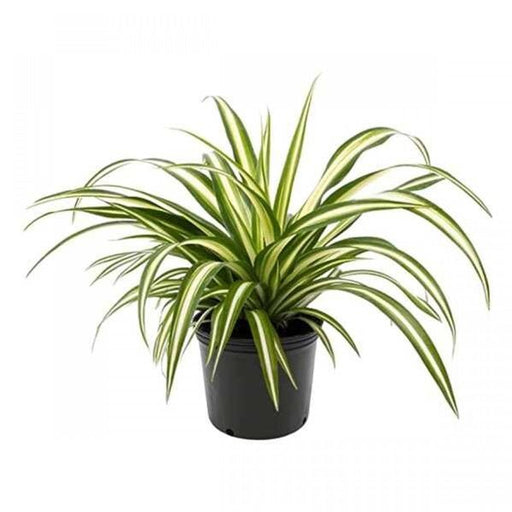 Save 26%
Save 26%
Chlorophytum, Spider Plant - Plant The Chlorophytum, commonly known as the Spider Plant, is a resilient and attractive houseplant that thrives in ...
View full details
 Save up to 17%
Save up to 17%
Money Plant Marble Prince (Scindapsus N Joy) The Money Plant Marble Prince, scientifically known as Scindapsus N Joy, is a stunning houseplant tha...
View full details
 Save up to 15%
Save up to 15%
Peace Lily, Spathiphyllum - Plant The Peace Lily, scientifically known as Spathiphyllum, is a stunning houseplant celebrated for its elegant white...
View full details
 Save 18%
Save 18%
Combo Constituents Includes the Parijat Tree (Night-Flowering Jasmine), a culturally significant plant with fragrant flowers. Description The Pari...
View full details
 Save 25%
Save 25%
Description Raat Ki Rani (*Cestrum nocturnum*), also known as Night Blooming Jasmine, is a fragrant shrub native to the Caribbean and Central Ameri...
View full details
 Save 25%
Save 25%
Jasminum sambac, Mogra, Arabian Jasmine - Plant Jasminum sambac, commonly known as Mogra or Arabian Jasmine, is a fragrant flowering plant...
View full details
 Save 17%
Save 17%
Rajnigandha, Tuberose - Plant The Rajnigandha, scientifically known as Polianthes tuberosa, is a captivating perennial plant renowned for ...
View full details
 Sold out
Sold out
Citronella, Odomas - Plant The Citronella plant, scientifically known as Cymbopogon nardus, is a tropical grass renowned for its aromatic ...
View full details Save 25%
Save 25%
Damascus Rose, Scented Rose (Any Color) - Plant The Damascus Rose, also known as Rosa damascena, is a timeless symbol of beauty and romanc...
View full details
 Save 35%
Save 35%
Best 6 Plants for Perfect Indoor Garden Transform your living space into a lush oasis with our curated collection of the Best 6 Plants for a...
View full details
 Save up to 50%
Save up to 50%
Mini Succulent Garden Pack Transform your space with our Mini Succulent Garden Pack, featuring a delightful collection of 4 any variety beautiful s...
View full details
 Save 30%
Save 30%
5 Best Fragrant Plants Transform your garden or indoor space into a fragrant paradise with our curated selection of the 5 Best Fragrant Plants. Th...
View full details
 Save 24%
Save 24%
Set of 2 Bonsai Looking Grafted Adeniums Transform your indoor or outdoor space with our exquisite Set of 2 Bonsai Looking Grafted Adenium...
View full details Save 45%
Save 45%
Top 4 Die Hard Succulents Pack Transform your indoor or outdoor space with our Top 4 Die Hard Succulents Pack, featuring a curated selecti...
View full details
 Save 30%
Save 30%
5 Best Indoor Plants Pack Transform your living space into a lush oasis with our '5 Best Indoor Plants Pack.' This carefully curated collection fe...
View full details
 Save 25%
Save 25%
Set of 4 Evergreen Air Purifier Plant Pack Transform your indoor space into a lush, green oasis with our Set of 4 Evergreen Air Purifier Pla...
View full details
Leave a comment